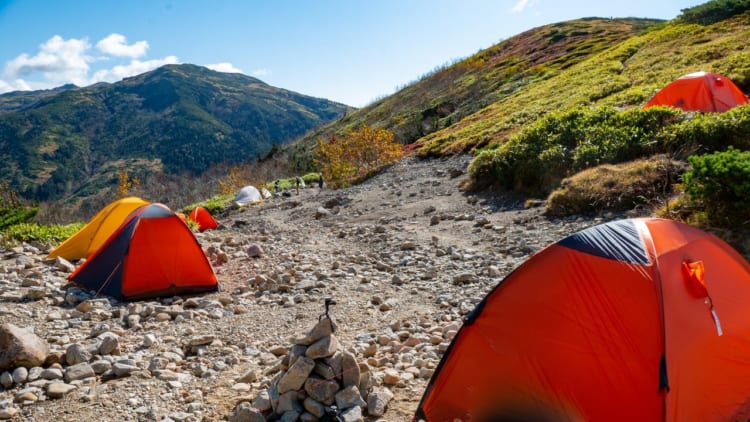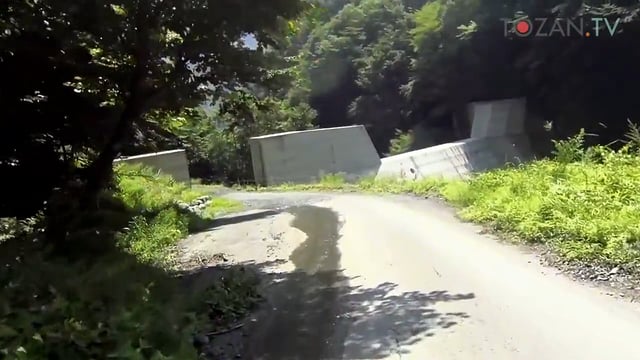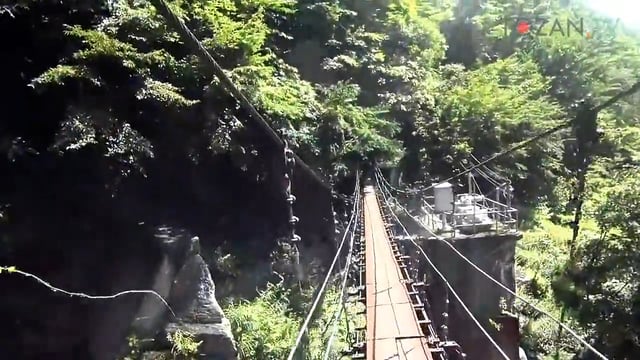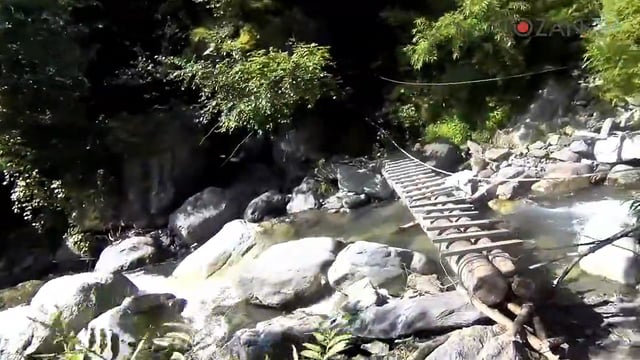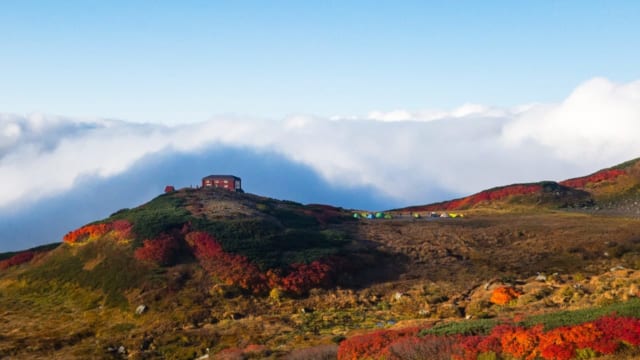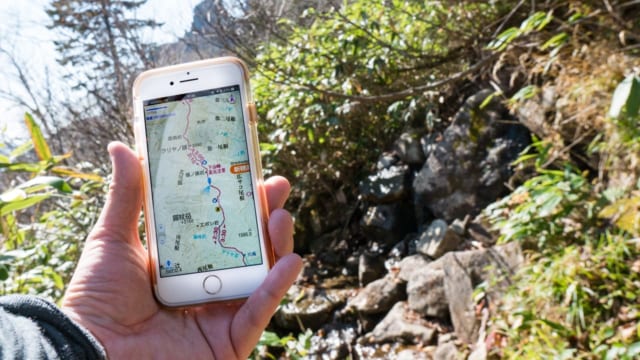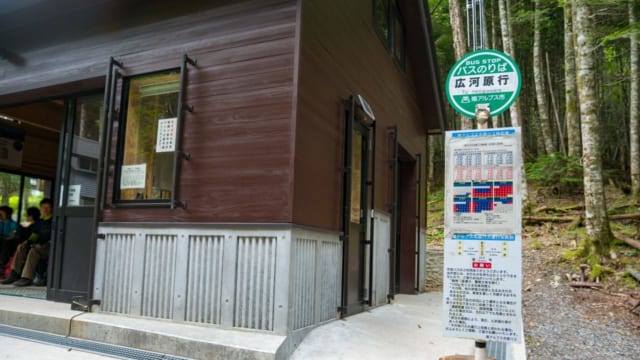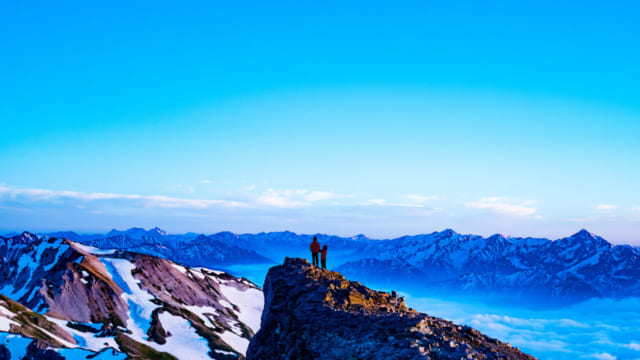The camp is only allowed in the camp site even in the mountain as a general rule. Exception You can set your tent wherever in case of emergencies such as injuries, extreme fatigue, darkness. Some hikers stay outside of the camp site by a stretch of the rules, please don’t follow them. It is absolutely bad manner! How to find the camp site You can find the camp site in the map. Most of the camp sites belong to the hut. Therefore if you wish to stay the camp site, you should head for the hut where the camp site belongs. Fare It depends on the camp site but most […]
Read MoreCategory: How-to

There are some mountains or area, especially in Japanese Alps, where you have to stay overnight to get the summit unless you are not a trail runner. In such a case, you can choose either staying at the mountain hut or camping. Mountain hut Generally speaking, there are two kinds of mountain huts in Japan, a full service huts with Japanese style bedding and wilderness huts that has no food service nor bedding. The former is called “山小屋(やまごや・yama goya)”1 in Japanese, and most of them has name the mountain name or area name plus “小屋(こや・koya/goya)”, “山荘(さんそう・sanso)”, “小舎(こや・koya/goya)”, “ヒュッテ(ひゅって・hutte)” or “宿舎(しゅくしゃ・shukusha)”. For example, one of the biggest hut “白馬山荘(はくばさんそう・Hakuba sanso)” located […]
Read More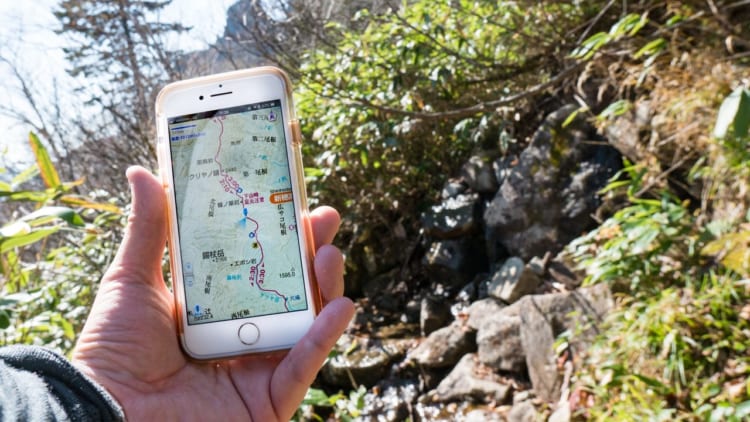
A trail map is essential when we hike in general. There are several ways to get Japanese mountains’ trail maps. Buy “Yama to Kogen Chizu”(B2 size illustrated map) “Yama to Kogen Chizu”1 is one of the most famous maps for hiking. This map has a long history, more than 50 years, and hikers who love harder or more difficult mountains prefer this map. You probably find a elderly hiker who unfold the map to identify mountains at the summit. The map they use would be “Yama to Kogen Chizu” with high probability. This map is a illustrated waterproof map designed easy to look, hard to break. Maps are divided into 61 […]
Read More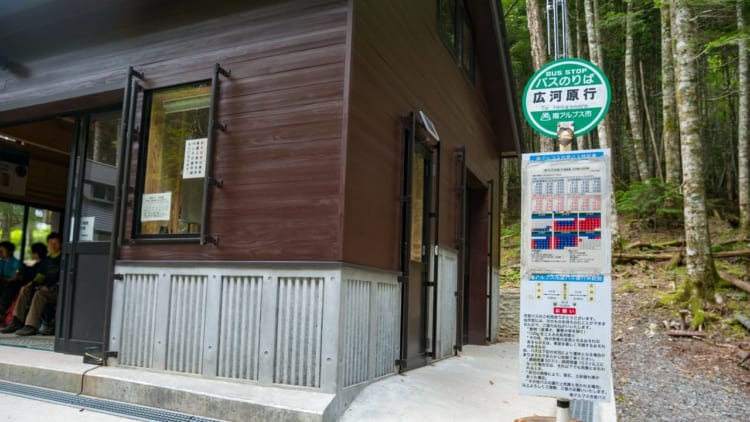
There are some mountains in Japan where you have to take a public bus to get to the trailhead even though you wish to get to there by your own car. That is called “my-car-kisei(restrict private cars)” in Japanese. Most of them are executed throughout the year, but there are a few place where you can go there by your own car without its high season. Purpose of this regulation The purpose of this regulation is to avoid heavy traffic jam and protect the natural environment. Nowadays, this regulation is widely known and getting an understanding by hikers. What you should know about this regulation If you wish to hike the […]
Read More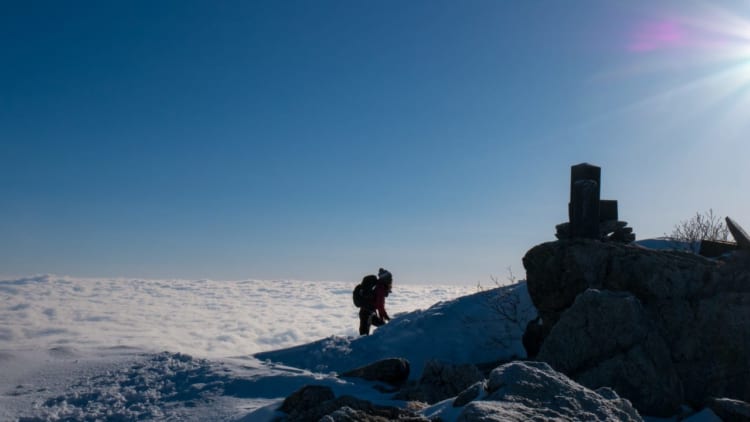
There are some trail etiquette or manners that you should know before hiking in Japan. I introduce 7 manners. I guess most of these manners are not special in Japan, and we should keep them in mind whenever/wherever we hike in the mountain. Give priority to the ascending hikers If you hike down in a narrow trail that doesn’t have enough space to pass each other, and there is a ascending hiker, please give priority to them in principle. However, if that ascending hiker willing to let you go, you can go ahead. In addition, if you pass each other at quite narrow place, please be stand on the mountain […]
Read More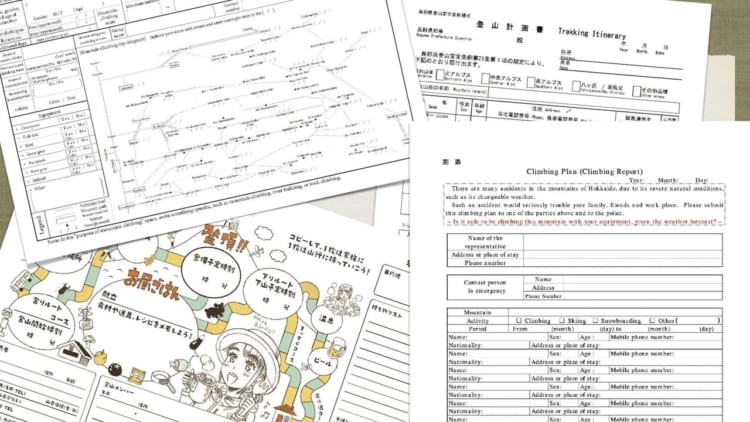
You don’t have to ask permissions to hike Japanese mountains. But there are some requirements by law depending on its season (especially winter) and area. Basic Rule: You need to let local police know about your hiking plan As a general rule, a local police (same prefecture’s police with the mountain where you plan to go. if the mountain across more than two prefectures, either police is possible.) ask all hikers to submit your hiking plan to them. A hiking plan is called “Tozan Todoke”(登山届) or “Tozan Keikakusho”(登山計画書) in Japanese but there is no unified name in English. For example; Trekking Itinerary – Nagano prefecture Climbing Plan – Yamanashi prefecture, […]
Read More
